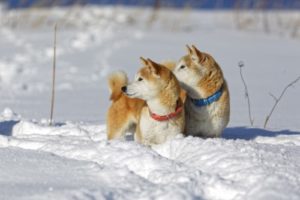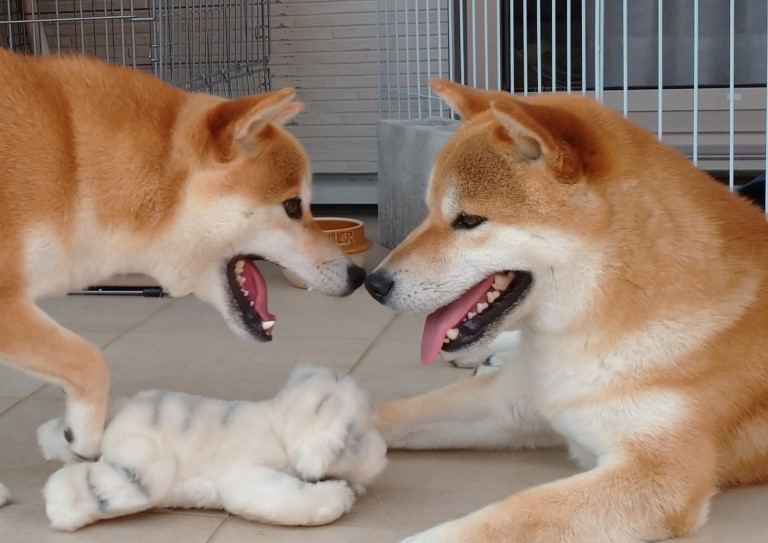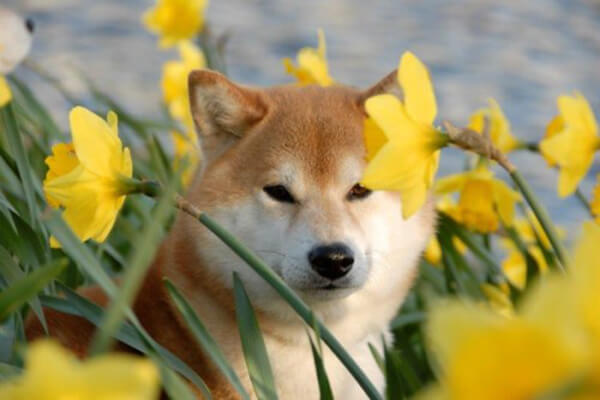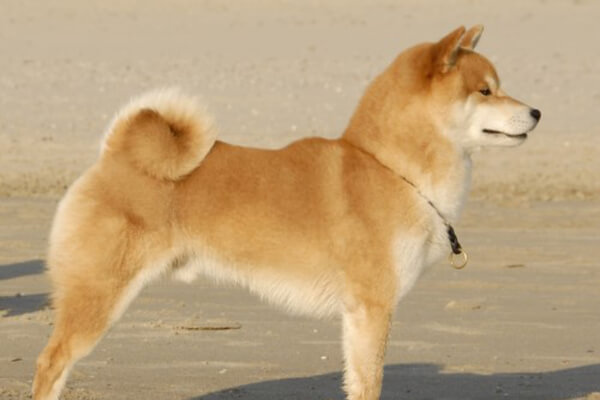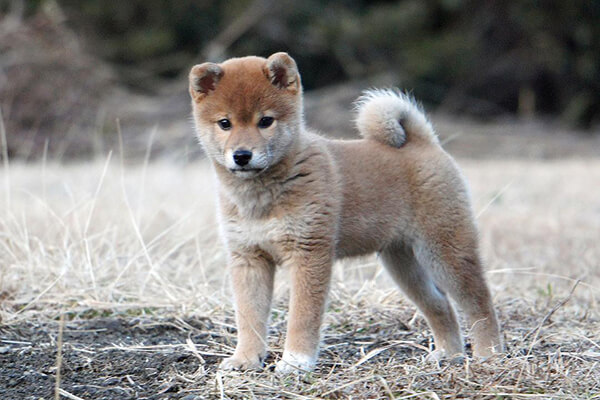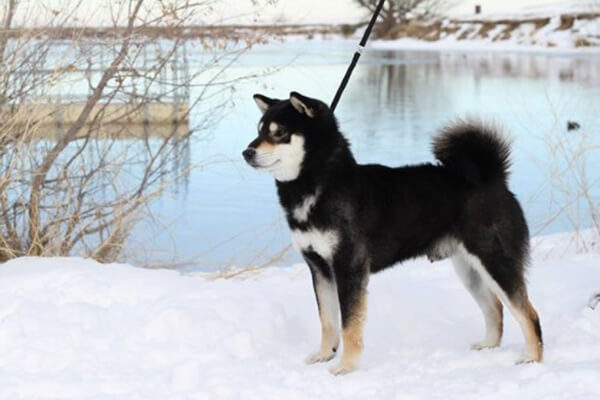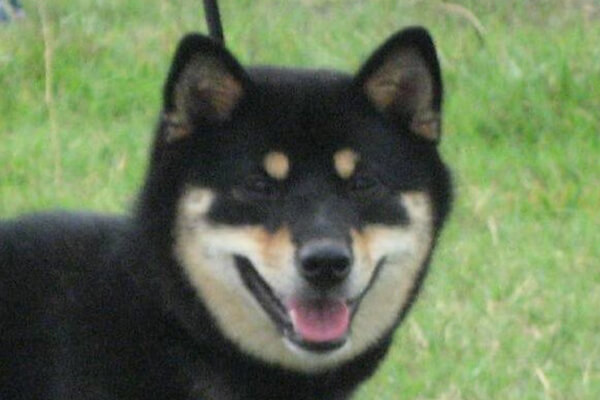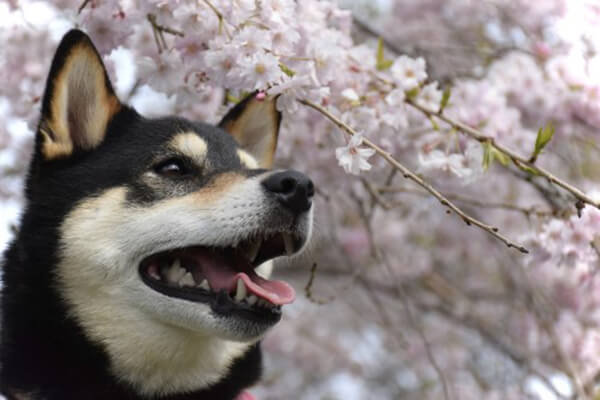
Shiba Inu
Shiba Inu
The Shiba Inu is the only small type breed of Nihon Ken. Of the 6 Japanese breeds, the Shiba continues to be popular, as it has all the characteristics of a Japanese dog in a small package. It currently accounts for about 80% of the Nihon Ken born in Japan.
This is a very agile and intelligent breed. The name Shiba Inu first came into use in the Chubu mountainous region, and the breed was designated as a national natural monument in December of 1936.
Small but moderate in size, the Shiba's temperament and appearance exude spirit and dignity. Straightforward in nature and obedient, they have an air of soboku (moderate refinement) combined with elegance. Originally bred as hunting dogs for catching birds and small animals, their unique problem solving ability and nimble movement are part of their irresistible charm. In their actions, they seem to show an intelligent awareness of the limits of their physical ability, as well as an attuned attitude towards humans, traits that are highly praised not only in Japan but also abroad.
Overall, they are intelligent dogs that read their owners well, and act accordingly. If one were to compare male and female dogs, males tend to be more outgoing, while female dogs tend to be softer and more sensitive to the feelings of their family members.

Standard Size
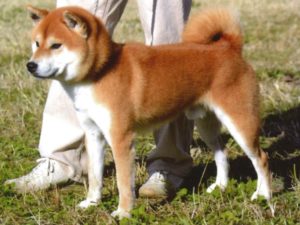 |
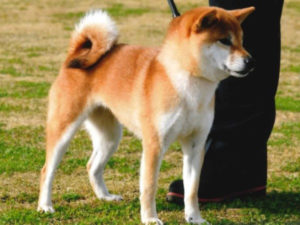 |
|
Male
Height: 39.5cm (38cm to 41cm allowed) |
Female
Height: 36.5cm (35cm to 38cm allowed) |
*Height: Measured from ground to shoulder

Coat Color
There are three main coat colors: red, black (black and tan), and sesame.
Red
In the Nihon Ken world, brown coats are referred to as red. Red coats are seen in many Shiba Inu, as it accounts for around 80% of the breed.
Black
Black coats have whitish spots above the eyes called yotsume (four eyes). The chest, belly, undersides of the legs, tips of feet, and underside of the tail are covered in white fur called urajiro, the contrasting colors in the coat giving a deep richness.
Sesame
Sesame dogs have a mixture of red and black hair, with white markings similar to black dogs. This coloration has a look of austere elegance.
There are also a small number of white dogs in the breed.
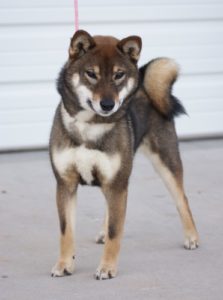 |
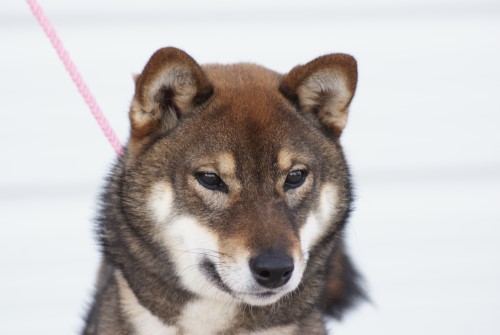 |

Famous Shiba Inu of the Past
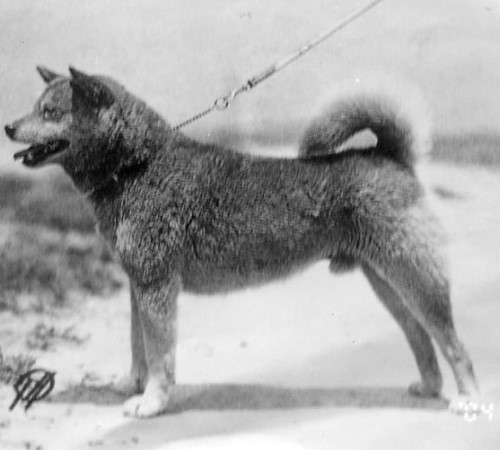 |
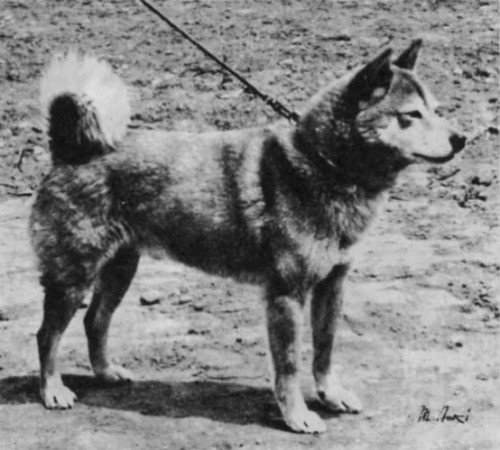 |
|
Ishi-go
|
Naka-go
|
These are two famous representatives of the Shiba Inu.
Naka Go is said to be the founder of the post-war revitalization of the Shiba Inu, with Ishi Go being Naka Go's great-grandsire. The paternal lineage of the 30,000 Shiba Inu currently registered each year can be traced back to Ishi go.
About the Mame Shiba
With regard to dogs referred to as Mame-Shiba, Ko-Shiba, and dogs with similar names, the Japanese Dog Preservation Society (NIPPO) does not issue pedigrees that list these as breeds.The height standard for the Shiba Inu was set in September of 1934.
The standard height for male dogs is 39.5cm with an allowance of 38cm to 41cm, and for female dogs it is 36.5cm with an allowance of 35cm to 38cm (male dogs typically weigh between 9 to 11kg, females 7 to 9kg). In the early Showa era, in an effort to preserve the Nihon Ken that were on the verge of extinction, a survey of native dogs was carried out across the country. Based on excellent specimens that had survived and canine literature, it was decided to preserve the Nihon Ken, splitting it into 3 categories, small type (Shiba), medium type (Kishu, Shikoku, Kai, Hokkaido), and large type (Akita). Since this time, the Shiba Inu's height has been maintained and observed as ideal.
However, around ten years ago, the names Mame-Shiba, Ko-Shiba, or Mini Shiba, began to be heard. There is a tendency for people who are not knowledgeable about the true Shiba Inu to use the term Mame-Shiba lightly. However, a dog's physique can be artificially altered relatively easily, as one can see with the abundance of miniaturized Western dog breeds.
The act of dwarfing and reducing the size of the Shiba Inu based on ideas similar to those above, runs fundamentally counter to the purpose of this association, which is to fix the Shiba Inu in its correct form and pass it on to future generations, and is a tacit denial of the original Shiba Inu type inherited from its Nihon Ken ancestry.
These dogs called Mame-Shiba are being advertised and promoted by some parties as if they are a rare breed, and inquiries, as well as complaints, have been received by NIPPO from people who are not very knowledgeable about the Shiba Inu. Those parties violate the Nihon Ken Standard and registration regulations established by NIPPO, and also muddle the lineage of the Nihon Ken. As these dogs are outside the standard and lack height, they will not be officially recognized by the Japanese Dog Preservation Society (NIPPO).
